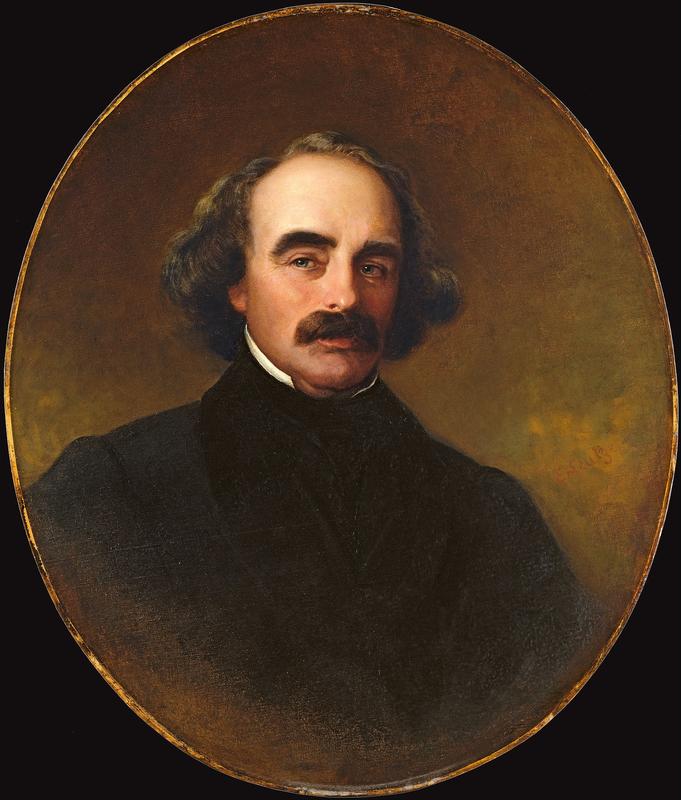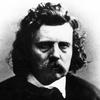More about Nathaniel Hawthorne

Sr. Contributor
Emanuel Leutze wasn’t afraid of a little painterly Photoshop, so why couldn’t he do Nathaniel Hawthorne a solid and clean up his eyebrows?
In the 1860s, bushy brows might have made a man look distinct and intellectual, but in the twenty-first century, no one minds a bit of light manscaping. After all, almost everything Leutze painted in the infamous Washington Crossing the Delaware was pretty much a lie...or maybe Leutze would have preferred the term “embellishment.” But for Nathaniel Hawthorne, eyebrows (and that impressive mustache) were probably the least of his worries; he was too busy ruminating on United States society and writing novels that are still considered classics over a century and a half later.
"The Scarlet Letter" was a big deal when it was first published in 1850. It was one of the first mass-produced books in the US that wasn’t the Bible. The novel’s first printing yielded 2,500 copies, and many were skeptical that this many copies would sell in even a year’s time. Hawthorne shattered all expectations when every single copy sold out within ten days. This was a testament to the novel’s power, but it also proved that people have always been into drama and gossip. In the novel’s introduction, “The Custom-House,” Hawthorne spilled some serious tea about his political enemies, including President Zachary Taylor and his Whig party cronies who effectively forced Hawthorne out of his political job and into writing.
"The Scarlet Letter" is a scathing account of America’s roots in Puritan morality and the rigid rules of Puritan society. Hawthorne was a history buff and considered knowledge of the past essential. He used the story of Hester Prynne to reveal the truths of the human heart when faced with an oppressive society, like the one of seventeenth-century, Puritan-run Boston.
Hawthorne also had a personal connection to the time and place of "The Scarlet Letter." His great-great-grandfather was John Hathorne, who served as the leading judge for the Salem Witch Trials. Deeply ashamed of his family’s involvement during these horrific times, Hawthorne added the “w” to his last name to distance himself from the judge. Nothing like a little family trauma to get the creative juices flowing.
To help tell his story, he took cues from the great Edgar Allan Poe. Edvard Munch also cited Poe as an influence - go figure. Like Munch, Hawthorne has had some tributes to his masterpiece. I wonder if he would’ve liked the 2010 movie "Easy A," or if he would’ve thought it a bit too low-brow.
Sources
- Biography.com Editors. “Nathaniel Hawthorne.” Biography.com. A&E Television Networks. March 8, 2018. https://www.biography.com/people/nathaniel-hawthorne-9331923. Accessed July 30, 2018.
- Klein, Christopher. “10 Things You May Not Know About Nathaniel Hawthorne.” History Stories. History.com. May 19, 2014. https://www.history.com/news/10-things-you-may-not-know-about-nathaniel…. Accessed July 30, 2018.
- McCrum, Robert. “The 100 best novels: No 16 - The Scarlet Letter by Nathaniel Hawthorne (1850).” The Guardian. January 6, 2014. https://www.theguardian.com/books/2014/jan/06/scarlet-letter-nathaniel-…. Accessed July 30, 2018.
- Smithsonian National Portrait Gallery. “Nathaniel Hawthorne.” The Portraits. http://npg.si.edu/object/npg_NPG.65.55. Accessed July 30, 2018.











